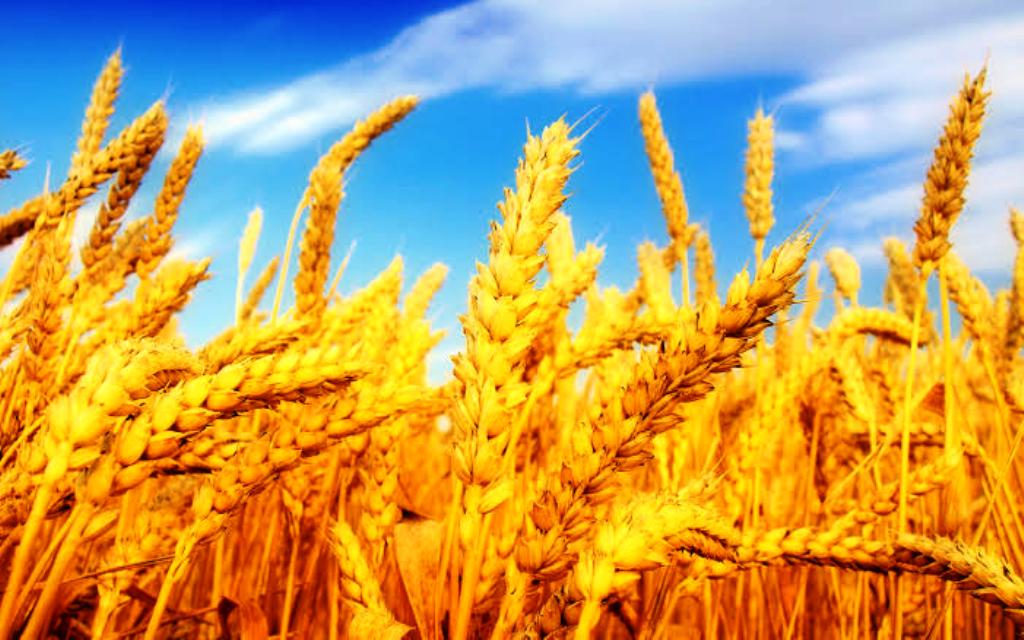



Article by: Hari Yellina (Orchard Tech)
Chicago Board of Trade wheat futures has just had their fifth monthly gain in a row. That is the longest rally in wheat futures since 2007. While wheat stocks are not as tight as in the 2007/08 period, it illustrates that there is a fundamental supply issue in the wheat market right now. In particular, exports from Russia have been slow this year against lower production, and ongoing taxes on Russian exports. This is leaving a bit of a supply gap in the global wheat market.
It has been assumed that big crops in Australia and Argentina will provide a much-needed boost to exportable supplies of milling wheat for the global market, but concerns are now mounting that harvest rains will restrict our volumes of high protein milling wheat. It is the supply of milling wheat that is at risk globally, after heavy rains in Europe spoiled too much of their crop, while production losses from North America and Russia have added to the overall tightness in supplies.
Here in Australia, our harvest is gathering pace, particularly in northern NSW. Once again those regions got hit with rains last week, and this is what is adding to concerns about the flow of quality wheat into export supply lines. There is no real threat to the volume of our crop now that the southern growing season has officially come to an end. The rainfall maps for the April to October growing season show that it is only the Mallee areas of SA and Victoria and the very northern part of Eyre Peninsula where growing season rainfall has dipped below average.
The rest of the grain belt has had average or better rainfall for the critical growing period. Even October finally managed to deliver the goods, in terms of late spring rainfall being at least average across the nation’s cropping areas. Despite some ups and downs during the year, most growers should be on track to deliver an average to above-average crop. It is only losses from frost and storms (hail in particular) that has taken the edge off crops in some districts. Nationally though this is rarely enough to impact our overall production.